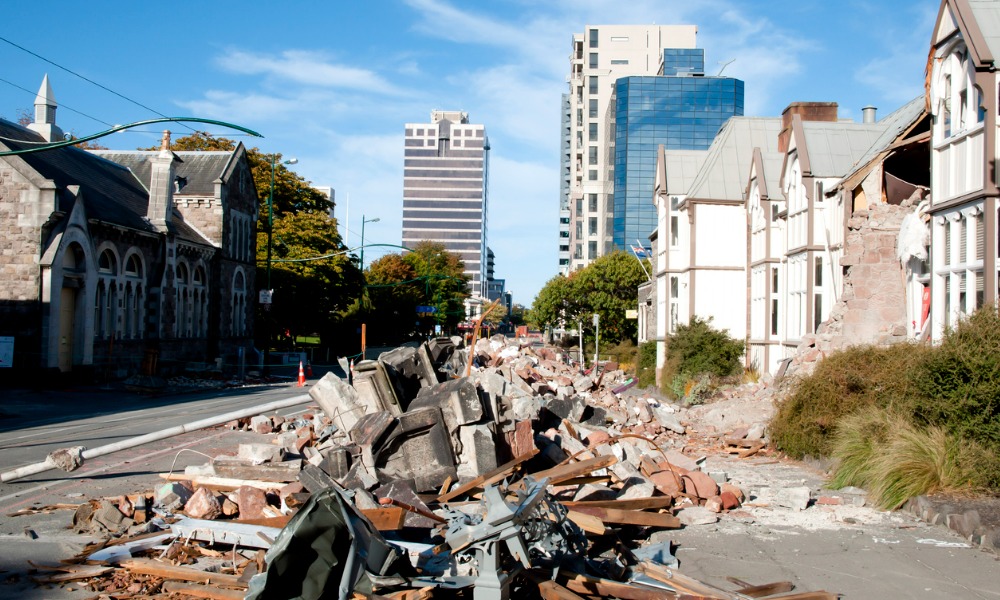The project’s soil modelling is "the next frontier of seismic hazard analysis," researcher says

A team of Canterbury University researchers is investigating how earthquakes impact different soil types in hopes of laying the groundwork for better buildings.
The project is co-funded by Toka Tū Ake EQC, which invests around $20 million into natural hazard risk and engineering research each year.
Using data from Christchurch’s network of 20 strong motion sensors (accelerometers), Felipe Kuncar, head of research and a PhD candidate, and his team of 10 analyse localised seismic activity and feed the data back to his ground-motion simulation model, RNZ reported.
The researchers plan to broaden their analysis to include more than 50 of the instruments across New Zealand over the next few months.
Working with other researchers internationally, the group hoped their technique could be used to boost the seismic resilience of buildings all over the world, Kuncar said.
“If we want engineers to use this modelling technique, they need to have confidence in it,” he said. “Simulations are very complex, so the important step is to validate the computer simulations with real-life observations.”
Many Cantabrians, he said, saw for themselves how properties on softer soil were more damaged by quakes than those closer to the airport, where ground conditions were much more stable.
In Wellington, after the Kaikōura earthquake, buildings on softer land, such as those near the port, were more damaged than those on more solid ground.
“The soil is a softer material than the rock beneath it, and as a result it tends to amplify the ground shaking,” Kuncar said. “We can compare this with a plate of jelly. If you shake a plate of jelly, the movement will be more severe at the top of the jelly than on the plate itself.
“The soil has a significant impact on how we feel the ground shaking during an earthquake. The building code currently incorporates the soil, but only in a simplistic way. We hope to improve this practice and think these simulations will be the future of earthquake resilient design.”
Natalie Balfou, the project’s head of research, said the soil modelling was “the next frontier of seismic hazard analysis.”
“We know different soils respond differently in earthquakes,” Balfou told RNZ. “It’s really exciting to be building this understanding about ground shaking at such a local level, it means we can plan and build smarter and be better prepared.”
Use the comment section below to tell us how you felt about this.



